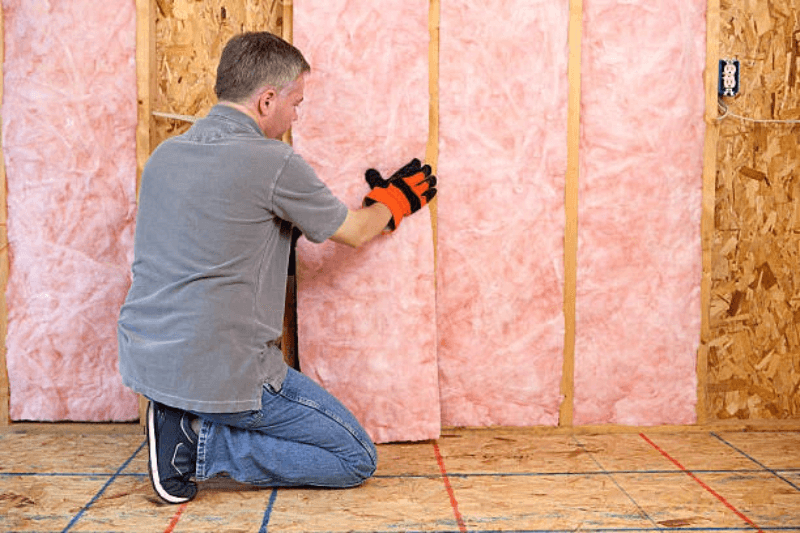
Insulation installation is a critical aspect of home construction and improvement that can greatly enhance energy efficiency and comfort. By reducing heat loss in the winter and keeping cool air in during the summer, proper insulation can lead to significant savings on energy bills and improve overall indoor air quality. Whether you are building a new home or renovating an existing one, understanding the various types of insulation and their installation processes is essential for homeowners and contractors alike. Click here to find the best flint fiberglass insulation installation experts.
The first step in effective insulation installation is to choose the right type of insulation material for your specific needs. There are several options available, including fiberglass batts, spray foam, cellulose, and rigid foam boards. Each type has its own advantages and drawbacks, depending on factors such as the climate, the structure of the home, and the desired R-value, which measures insulation's effectiveness. It is essential to consider the specific areas of your home where insulation will be installed, such as attics, walls, and basements, to determine the best option.
Once you have selected the appropriate insulation material, the next step is the actual installation process. For DIY enthusiasts, many insulation products come with detailed guides and instructions, enabling homeowners to install them without hiring professionals. However, it is crucial to pay attention to safety guidelines, ensuring that proper protective equipment, such as gloves and masks, is worn during installation. For those who prefer a professional approach, hiring a qualified contractor to handle the installation can save time and guarantee correct application, especially for complex projects like spray foam insulation.
Proper insulation installation goes beyond simply placing the material in the desired locations. Airtight sealing and vapor barriers are also essential components of a successful insulation strategy. Gaps or leaks in the envelope can undermine the insulation's performance, leading to increased energy costs and discomfort. A thorough inspection of all seams, edges, and penetrations for potential air leaks is crucial before finalizing the insulation job. Additionally, incorporating vapor barriers in areas prone to moisture can help prevent mold and mildew growth, safeguarding your home’s integrity.
In conclusion, insulation installation is a vital process that significantly contributes to a home's energy efficiency and overall comfort. By selecting the correct insulation material, ensuring proper installation techniques, and addressing air leaks and moisture concerns, homeowners can enjoy the financial and comfort-related benefits that come with effective insulation. Whether you tackle the project yourself or enlist the help of professionals, understanding the ins-and-outs of insulation installation is key to optimizing your living environment. https://en.wikipedia.org/wiki/Fiberglass.